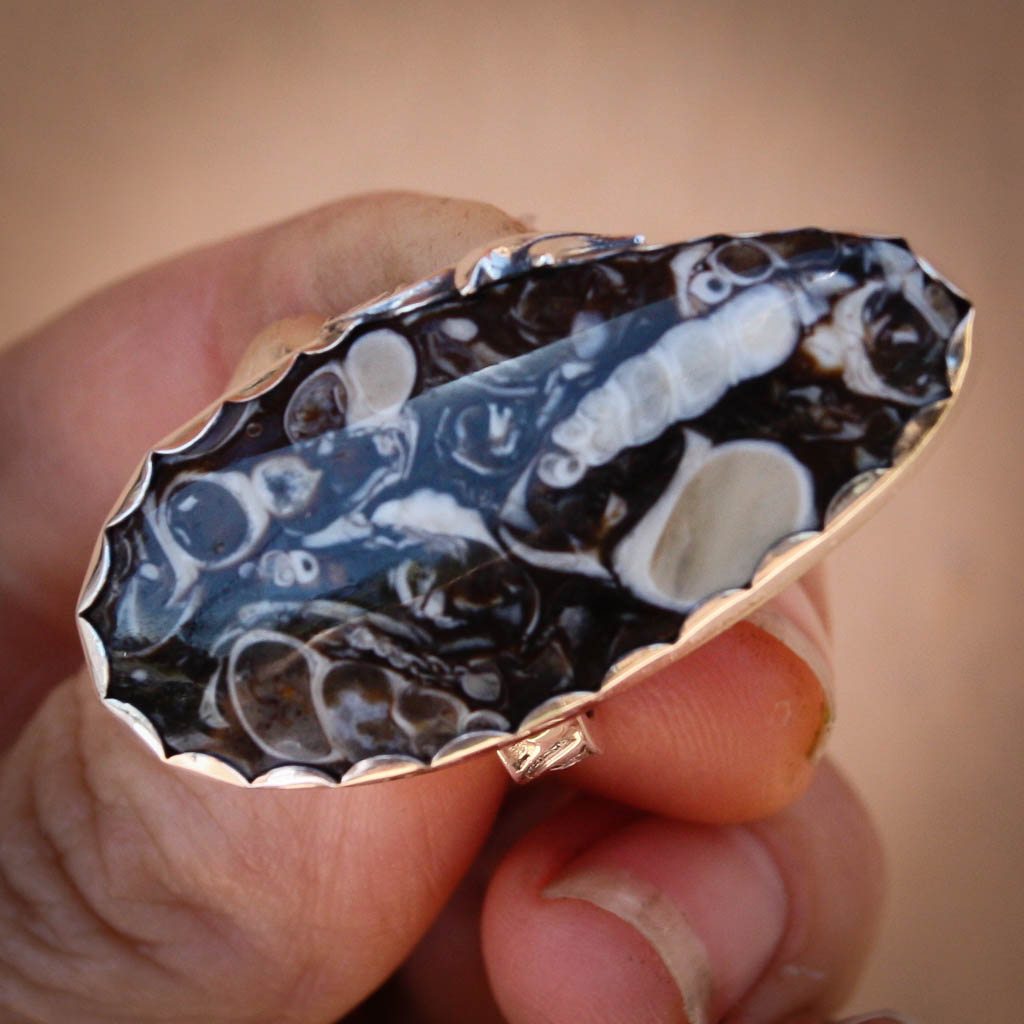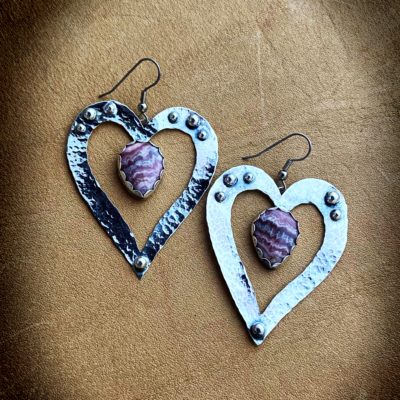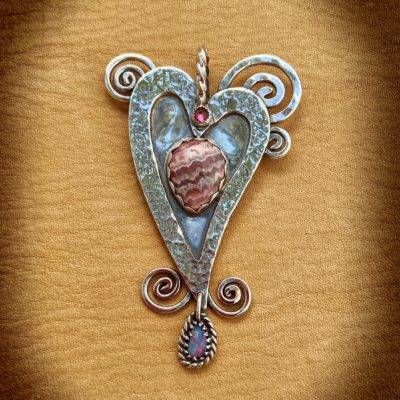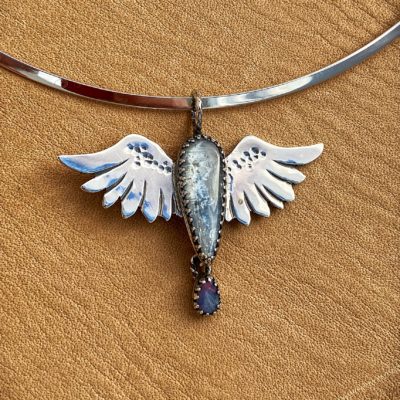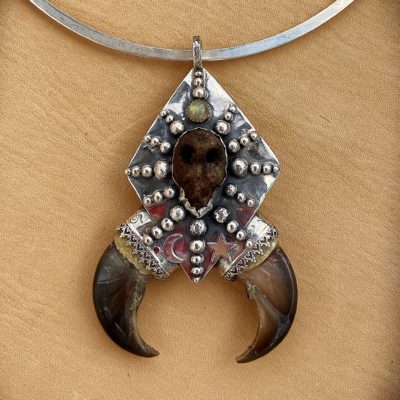The art of cutting and polishing gemstones hasn’t changed much over thousands of years. Of course, modern machinery has made the process quicker, but the creation of a magnificent gemstone from a rough block still requires a steady hand and an eye for excellence.
Polishing gemstone which out machinery
Before a stone can be polished it must be shaped perfectly.
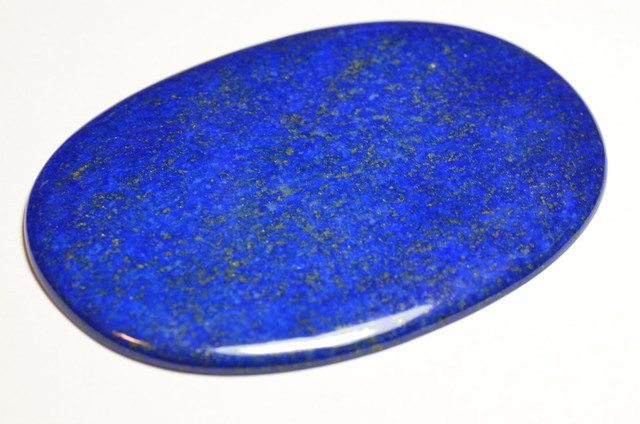
Polished gemstones by master jewellers
The master craftsperson starts with a rough stone and an ordinary knife sharpening block.
Water is then added and the stone is ground backwards and forwards until the jeweller is pleased with the shape.
Movements must be gentle but firm. If not, pieces can be broken off and the stone chipped.
A dop stick is needed next and wax is used to hold the stone in place on it. This process is called ‘dopping’.
Then a towel is placed under sandpaper and every surface of the stone is rubbed vigorously.
The sandpaper is graded at 1200 grit and the stone worked down to 400 grit to get a finer finish.
However, many jewellers will rub the stone on the same spot of the sandpaper. This is because the grit is worn down and becomes smoother. This allows a more of a finer polished look on the stone.
Sandpapering of the stone is complete when all the scratches are gone.
The final stages to reach perfection
Then a piece of leather and cerium oxide is used for the final phase. Water is added and a paste is formed on the leather strip. The gemstone is then rubbed again backwards and forwards.
This process can take up to 2.5 hours if machinery is not used, but the effect is just as beautiful.
Stone is removed from stick and ready for setting in necklace or ring.
To learn how a master jeweller cuts a gemstone click here.

